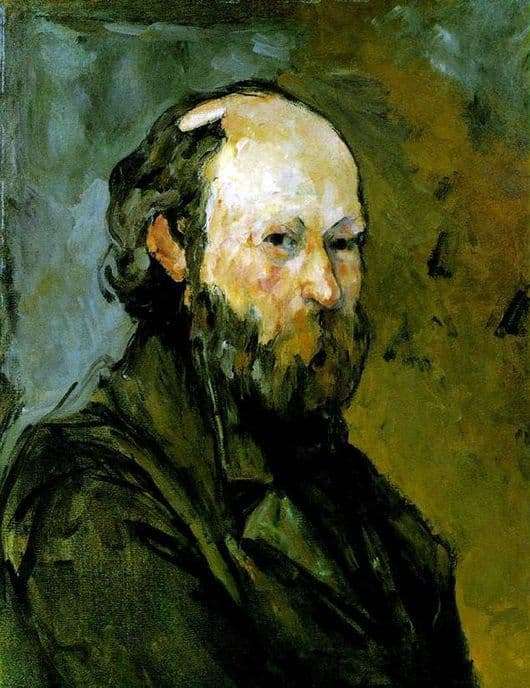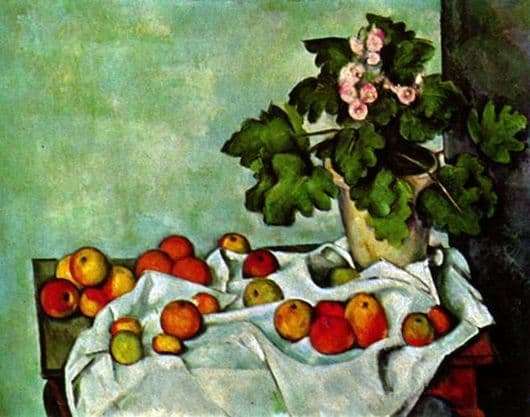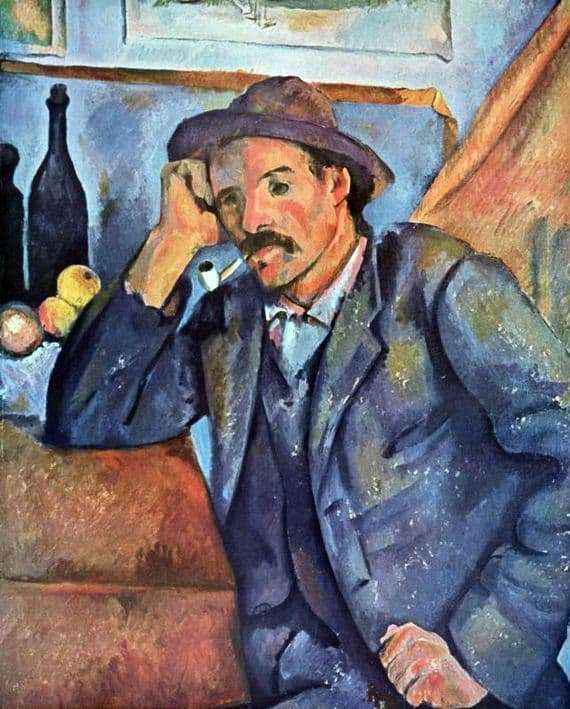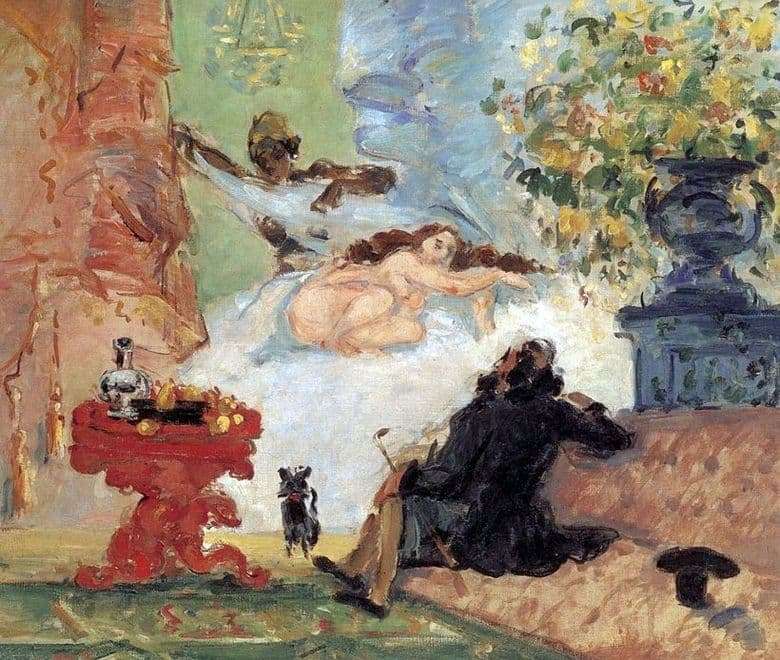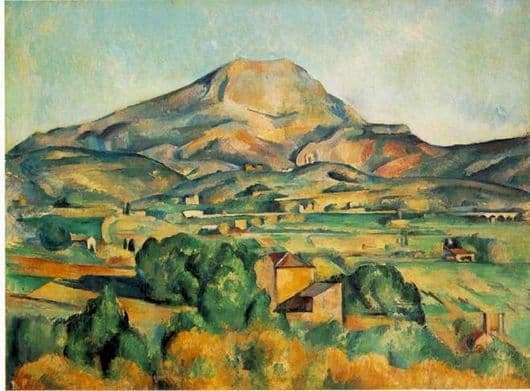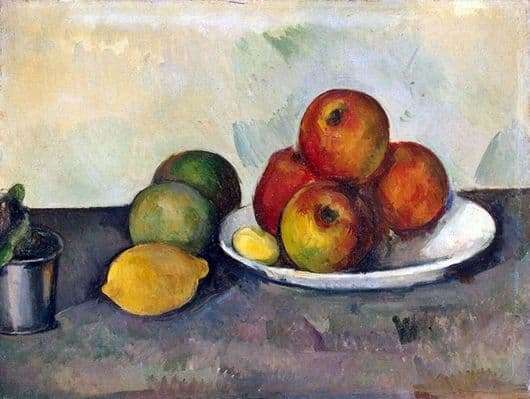
The painting belongs to the brush of Paul Cezanne, who lived and worked simultaneously with the Impressionists. At the same time, the artistic search for Cezanne and the impressionist artists (such as Monet and Seurat) were very different.
The creator of “Smoker” was not interested in the need to transfer the immediate impression of the subject. He also did not confine himself exclusively to questions of the color design of the paintings, directing his experiments to search for new ways of imaging. And “Smoker” reflected these searches.
In his later work, Cezanne often painted static figures of people. This tradition has gone from the artists of the XVII century, who created portraits of card players and smokers. However, on the canvas of Cezanne there is no plot, entertaining, which was so characteristic of the old masters.
Not observed here, and the characteristic household details, despite the obvious ordinariness of the chosen theme Cezanne. This is not surprising, because “Smoker” (as, incidentally, many other paintings by the French artist) is marked by the influence of modernism. The artist was not at all interested in the character of the model; much more important for him was her form, as well as the color scheme.
Cezanne, like a sculptor, creates, step by step, the figure of a smoker, giving her the features of stately monumentality. In the same way, he acts with what surrounds the smoker, including his own still-life, placed in the background of the canvas.
The main motive of the painting is detachment from everyday, vain deeds, the artist’s desire to disengage, to move away from hateful specifics. This motif is manifested in the details of the character’s not traced eyes, which only reduces the degree of vitality of the picture, making it a very interesting sample for researchers of the “plastic” painting of Cezanne.
Description of the painting by Paul Cezanne “Smoker”


